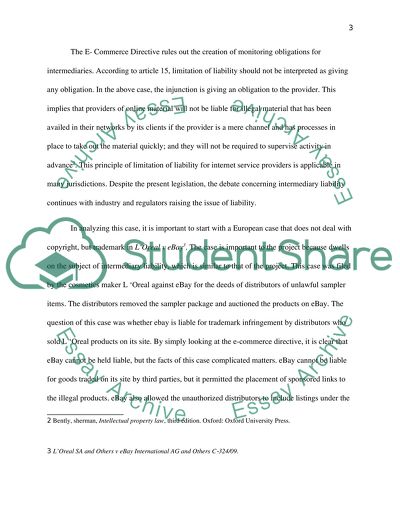Cite this document
(“Intellectual property Assignment Example | Topics and Well Written Essays - 3000 words - 1”, n.d.)
Intellectual property Assignment Example | Topics and Well Written Essays - 3000 words - 1. Retrieved from https://studentshare.org/law/1669390-intellectual-property
Intellectual property Assignment Example | Topics and Well Written Essays - 3000 words - 1. Retrieved from https://studentshare.org/law/1669390-intellectual-property
(Intellectual Property Assignment Example | Topics and Well Written Essays - 3000 Words - 1)
Intellectual Property Assignment Example | Topics and Well Written Essays - 3000 Words - 1. https://studentshare.org/law/1669390-intellectual-property.
Intellectual Property Assignment Example | Topics and Well Written Essays - 3000 Words - 1. https://studentshare.org/law/1669390-intellectual-property.
“Intellectual Property Assignment Example | Topics and Well Written Essays - 3000 Words - 1”, n.d. https://studentshare.org/law/1669390-intellectual-property.


